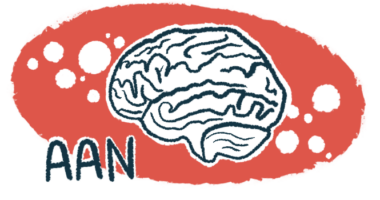Key Cellular Pathway Offers a New Therapeutic Target for ALS

A new study recently published in the journal PNAS revealed that a new cellular mechanism involving a key protein called hUPF1 can be exploited as a therapeutic strategy for amyotrophic lateral sclerosis (ALS). The study is entitled “Amelioration of toxicity in neuronal models of amyotrophic lateral sclerosis by hUPF1” and was led by researchers at the University of Michigan, the J. David Gladstone Institutes and Weill Cornell Medical College.
ALS is a progressive neurodegenerative disease characterized by the gradual degeneration and atrophy of motor neurons in the brain and spinal cord that are responsible for controlling essential voluntary muscles, such as the ones related to movement, speaking, eating, and even breathing. ALS patients may become totally paralyzed and the majority dies due to respiratory failure within two to five years after diagnosis. It is estimated that more than 300,000 Americans suffer from the disease and there is currently no cure.
A typical feature of ALS is the accumulation of a protein called TDP43, which is toxic to cells in high concentrations. “TDP43 is a ‘Goldilocks’ protein: too much, or too little, can cause cellular damage,” explained the study’s lead author Dr. Sami Barmada in a press release. “Over 90% of ALS cases exhibit TDP43-based pathology, so developing a treatment that keeps protein levels just right is imperative.”
Researchers have now found that a protein known as hUPF1 is able to control TDP43 levels, and therefore prevent cell death. hUPF1 was previously suggested as a potential therapeutic target for ALS, however it was not clear how the protein was able to prevent cell death. In the study, using a cellular model of ALS, the team found that increasing hUPF1 levels led to an extended neuron survival by 50 to 60%. A more detailed analysis revealed that hUPF1 acts through a cellular surveillance system known as nonsense mediated decay (NMD) to keep the levels of TDP43 stable and improve neuronal survival.
NMD main function is to decrease errors in gene expression by monitoring and eliminating messenger RNA molecules that contain premature stop codons, as these could yield dysfunctional proteins. It now appears that NMD can also help control protein levels, as is the case of TDP43. Based on the finding that hUPF1 is a master regulator of NMD, the team believes that altering it has an effect on TDP43 and other related proteins.
“Cells have developed a really elegant way to maintain homeostasis and protect themselves from faulty proteins,” noted the study’s co-senior author Dr. Steven Finkbeiner. “This is the first time we’ve been able to link this natural monitoring system to neurodegenerative disease. Leveraging this system could be a strategic therapeutic target for diseases like ALS and frontotemporal dementia.”
The next goal of this team is to develop a therapeutic drug targeting the NMD surveillance system, through the manipulation of hUPF1 or other proteins that can affect this system, in order to control TDP43 levels and protect neurons against cell death.






